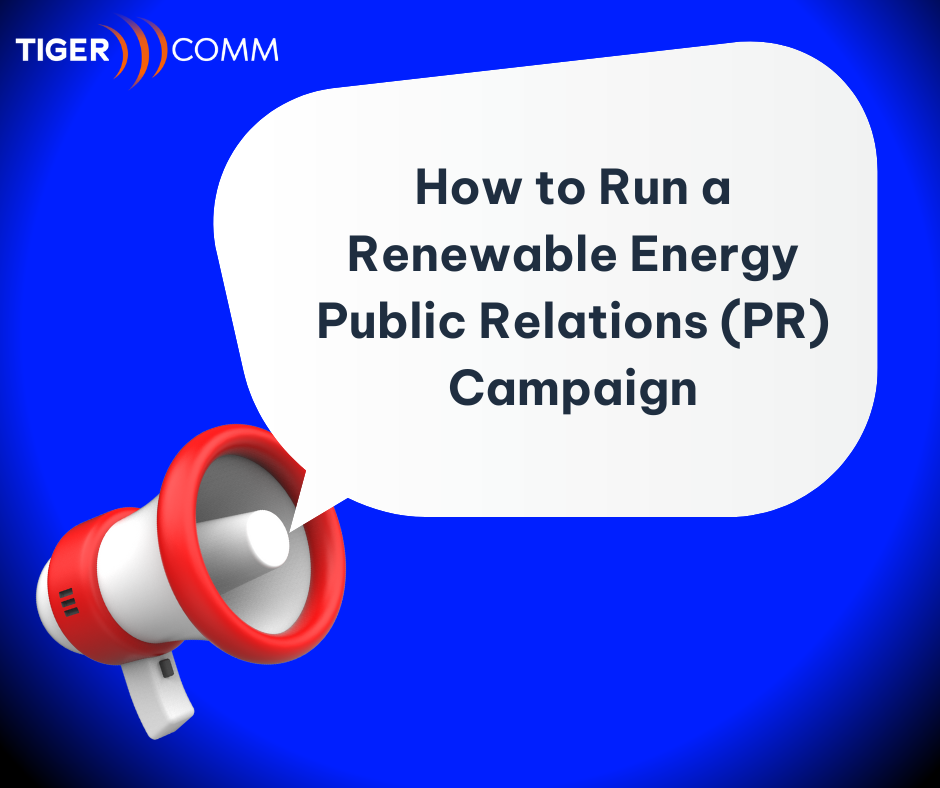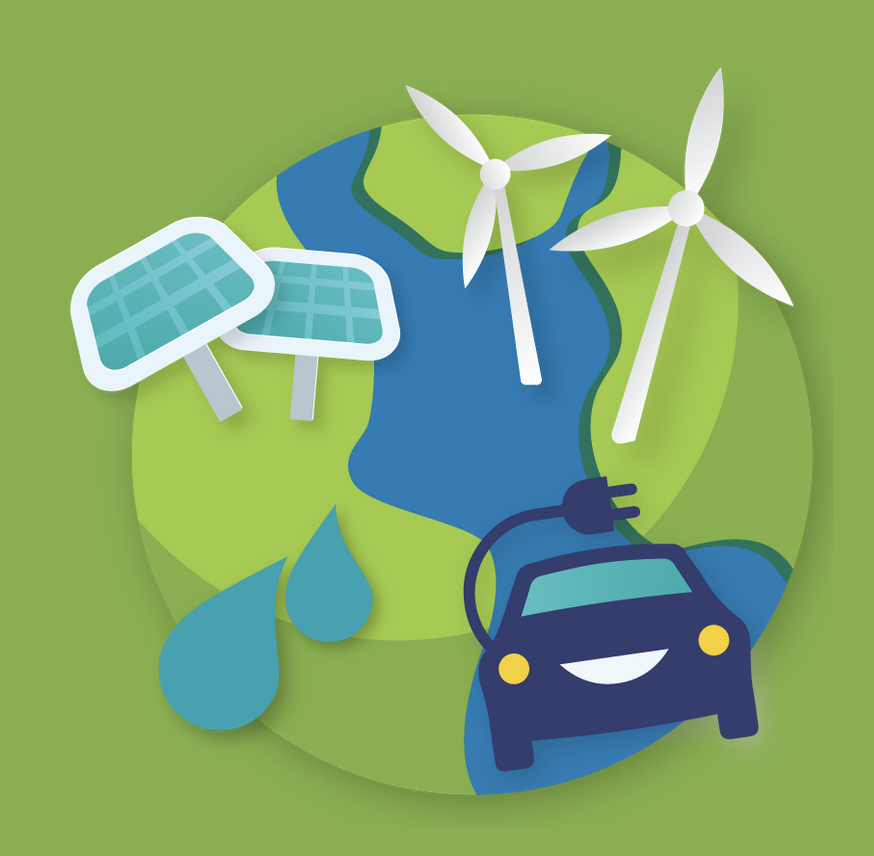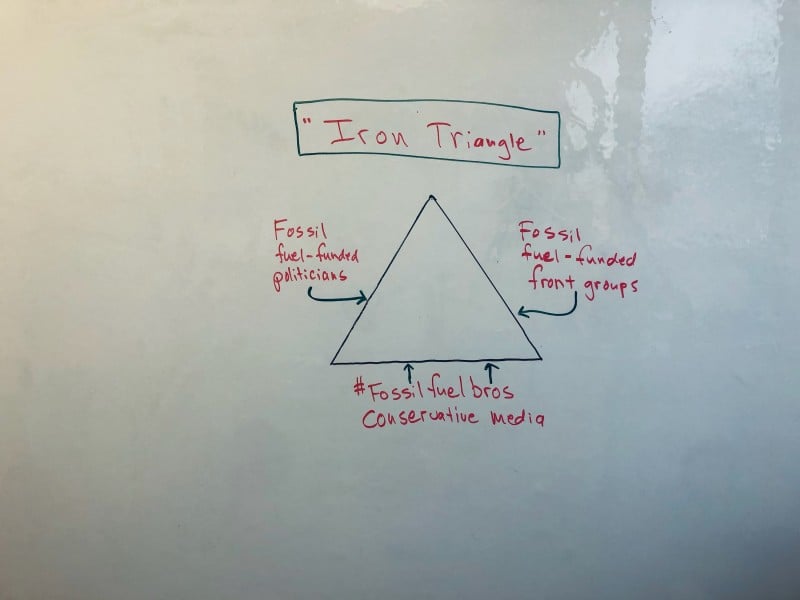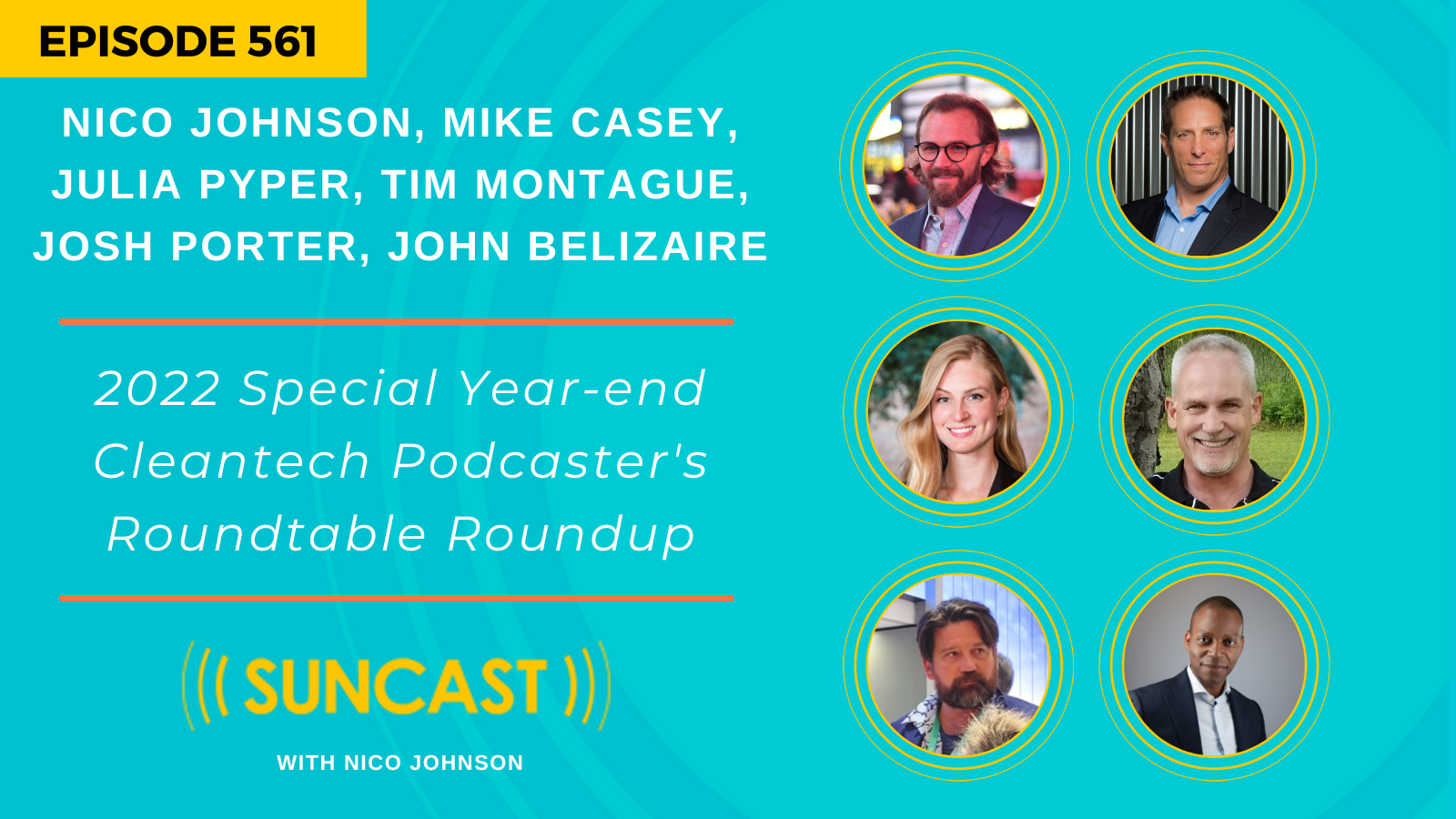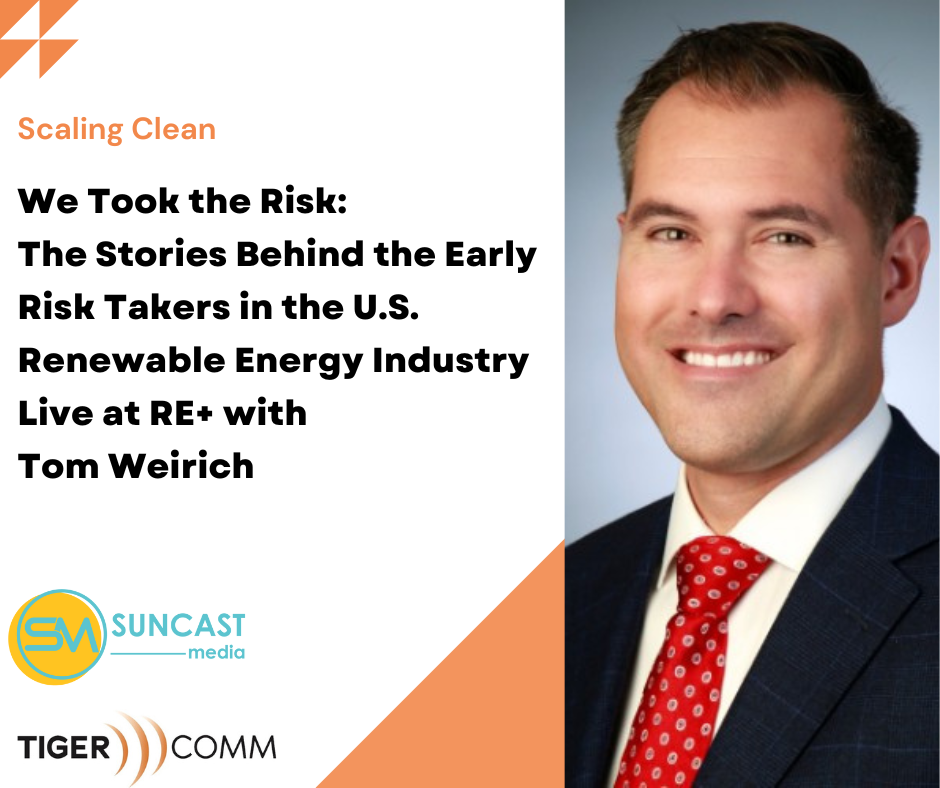Insights
Clean Energy Blog by Tigercomm
Expert Insights & Tips
How to Run a Renewable Energy Public Relations (PR) Campaign
In mid-2022, almost 60% of Fortune 500 CEOs said their company had a plan to reach net-zero by...
Continue ReadingHow recent news is tightening the screen on who rural Americans will listen to.
#Cleantechers, if you run point on community engagement for a renewable energy...
#Cleantechers, Tigercomm hosts/moderates three quarterly convenings of cleantech players. These groups of journalists, podcasters and investors bring...
Continue ReadingWhat’s the recipe for a winning investment pitch? Contrary to popular belief, it’s not business fundamentals.
As reported by Business Insider, academic...
#Cleantechers, The New York Times’ David Wallace Wells is out with a fascinating piece, “Clean Energy Is Suddenly Less Polarizing Than You Think.” The headline...
Continue Reading#Cleantechers, one of the best things about my job is getting a close look at technologies with world-changing potential. Rondo Energy's "Heat Battery" is one...
Continue Reading#Cleantechers - Few electrons in the universe will move differently because I'm named as a finalist with honorable mention for the Cleanies' "Trailblazer"...
Continue ReadingThe phony Solyndra non-scandal of 2010-12 was catalyzed by a highly publicized FBI raid. It was then driven by an Iron Triangle of fossil fuel-funded front...
Just before the holidays, we hosted a year-end episode of the Cleantech Podcasters Roundtable. Our lineup changed a bit, with the happy addition of John...
Continue ReadingWe closed our cleantech journalists panel at RE+ with a question we often like to ask our Scaling Clean podcast guests: Are you a climate optimist or pessimist...
Continue ReadingIn the U.S., the field of companies developing renewable energy farms is quickly expanding. There are a large number of new additions coming from developing...
Continue ReadingIn our podcast, Scaling Clean, we seek usable insights on building and running successful companies from the cleantech CEOs, investors and the people who...
Continue Reading